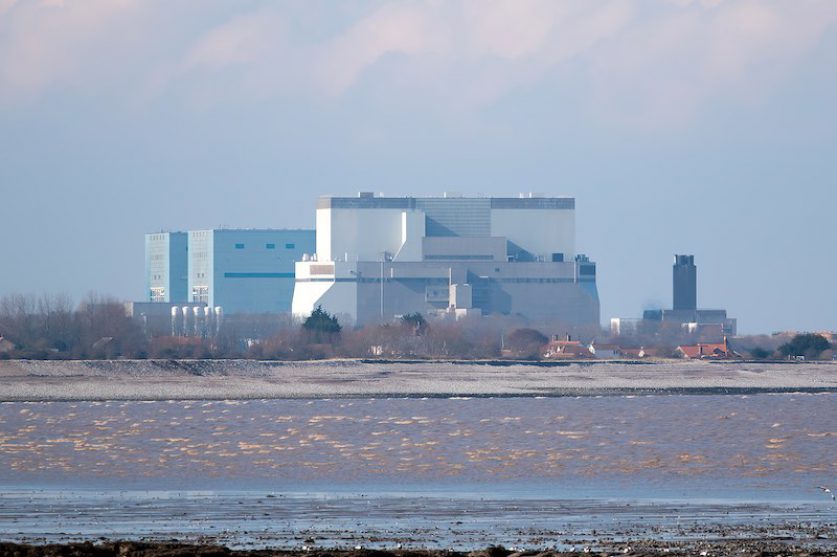
French state energy firm EDF has confirmed it will begin decommissioning the Hinkley Point B nuclear power station within the next two years, earlier than expected.
Initially scheduled for 2023, defuelling of the plant’s two reactors will now begin no later than July 2022. The shutdown has been accelerated following the discovery of cracks in the graphite cores of the 45-year-old reactors.
The Somerset-based plant is currently offline for further inspection but is scheduled to return to operation next year, pending approval from the nuclear safety watchdog.
This is the second EDF-owned reactor of the same age to show cracking in its graphite reactor cores. Hunterston B was taken offline two years ago when 350 cracks were discovered in a reactor core. It has since won approval from the Office for Nuclear Regulation (ONR) to continue generating electricity after EDF demonstrated the cracks could withstand a once-in-10,000 years earthquake. However, the cracks also mean Hunterston B will shut down before January 2022, despite having regulatory approval to continue operations until March of the following year.
Matt Sykes, managing director of EDF Generation, said inspection of Hinkley Point B’s graphite cores found they are “in exactly the sort of condition we predicted they would be at this stage in the station’s lifetime.”
However, “as a responsible operator we feel it is now the right thing to do to give clarity to our staff, partners and community about the future life of the station, which is why we have made this proactive decision,” he added.
Hinkley Point B came online in 1976 and has generated more than 300TWh of low-carbon electricity over its lifetime, making it the most productive UK power station ever. That’s the equivalent of powering every home in the county for three years. It also racked up the most carbon savings of any single power station—105 million tonnes, the equivalent of removing all cars from British roads for a year and a half.
Tom Greatrex, the chief executive of the UK’s Nuclear Industry Association (NIA), said the shuttering of the plant is a reminder of the urgency of developing new nuclear plants.
“[Hinkley Point B] can only be replaced by new nuclear stations that produce the same reliable, always-on, emissions-free power that Hinkley has provided for more than 40 years”
EDF had initially hoped the plant would be shut down only after its younger sister, Hinkley Point C, the first of the UK’s new fleet of nuclear plants, came online. However, the £22.5 billion Hinkley Point C project is now scheduled to begin operations only in 2025 or 2026, following disputes with the government about a guaranteed price for the electricity it will produce.
A decade after the government authorised the construction of eight new nuclear power stations, ground has broken only on Hinkley Point C. EDF’s followup, Sizewell C has yet to receive the final green light from the government, with controversy erupting over the participation of China General Nuclear (CGN) in the project.
Meanwhile, Japanese firms Hitachi and Toshiba have pulled the plug on proposed nuclear power stations on Anglesey and in Cumbria, respectively, over lack of financial support from the government.
The Prime Minister’s 10-point climate plan, unveiled last Thursday, promised to push ahead with large-scale nuclear projects but also prioritised “the next generation of small and advanced reactors,” which will receive a £525 million push. Large plants like the 1.31GW Hinkley Point B could become a thing of the past.




